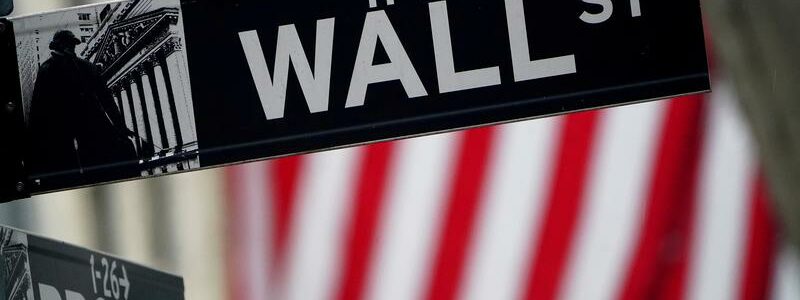
Rising U.S. yields cool down stocks
MILAN/SINGAPORE (Reuters) – The rally in stock markets stalled on Wednesday as a surge in U.S. Treasury yields on optimism about a swift economic recovery put pressure on lofty company valuations.
Benchmark 10-year Treasury yields reached a one-year high to trade near pre-pandemic levels, as vaccine progress and encouraging economic data begin to drive investor focus on inflation.
The MSCI world equity benchmark fell 0.1% by 0908 GMT, as a weaker start of trading in Europe offset a brief surge in Asia overnight.
The index, which tracks shares in 49 countries, ended flat on Tuesday to snap 11 straight positive sessions.
S&P 500 and Nasdaq futures were both little changed. Ten-year Treasury yields , up nearly 40 basis points this year, rose as far as 1.3330% before easing to 1.2838%.
“Regarding the bond market sell-off, things are finally starting to get serious as real yields are on the rise, driven by bets … of central banks tightening sooner than previously expected,” said Arne Petimezas, analysts at AFS in Amsterdam. “Risk-assets are now becoming vulnerable to a pull-back.”
In the short term, however, investors expect central banks to keep monetary policy loose and minutes later on Wednesday from the U.S Federal Reserve’s January meeting are expected to reinforce that view.
“Recent remarks by (Fed Chair Jerome) Powell and several other Fed officials show that the FOMC is very comfortable with its current policy stance,” wrote UniCredit strategists.
The gap between 10-year and two-year U.S. yields also reached its widest in nearly three years in anticipation of short-term rates going nowhere. [US/]
Besides a cooling in stock-market exuberance, gold and the Japanese yen have been other casualties of rising rates.
Gold, which pays no income and was last down 0.5% on the day, tends to fall when yields rise, and it touched a two-week low on Wednesday. [GOL/]
The yen is sensitive to U.S. rates because Japanese yields are anchored and higher U.S. returns can attract investment flows out of yen and into dollars. It fell to a five-month low against the dollar and has lost 2.7% this year.
The euro fell 0.2% to $1.2075. Sterling, which has been surging as vaccinations roll out rapidly across the United Kingdom, was last down 0.1% at $1.3892. The dollar index rose 0.05%.
Bitcoin, which some see as a hedge against inflation, rose to a high of $51,300 and was last up 3.6% after first crossing $50,000 on Tuesday. Analysts, however, warned of risks of tighter regulation and further volatility ahead in the cryptocurrency market.
Gains in commodity prices have been another big driver of inflation expectations. They’ve caught a further boost from a Texas cold snap that has shut down about a fifth of U.S. oil production and sent energy prices higher. [O/R]
Brent crude futures rose 0.9% to $63.9 a barrel, their highest in 13 months. U.S. crude futures rose 0.7% to $60.45 a barrel. Copper prices were around their highest level since 2012.
Global miner Rio Tinto rode higher commodity prices to post its best annual earnings since 2011 and declare a record dividend. That sent its shares surging to a record high.
Source: Read Full Article